Root Awakening: Snakeweed produces small blue flowers
Sign up now: Get ST's newsletters delivered to your inbox
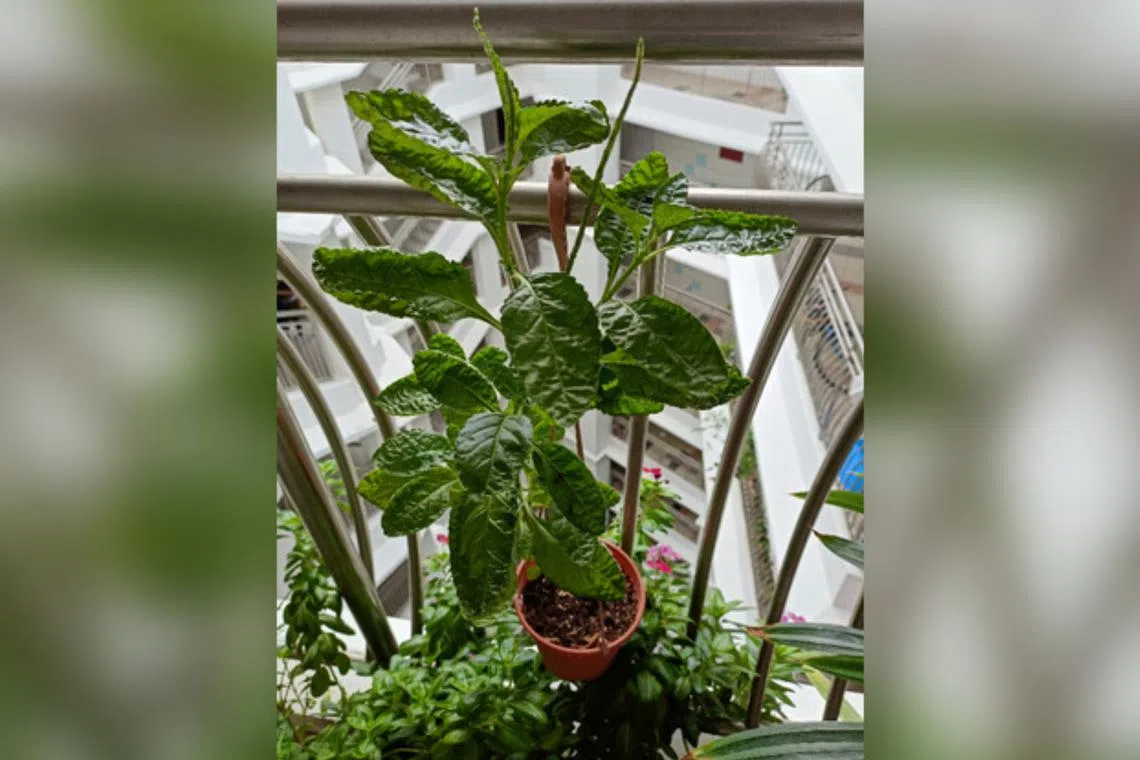
The Snakeweed thrives in direct sunlight and should be periodically pruned to encourage a bushy growth habit.
PHOTO: ANDREW SIOW
Wilson Wong
Follow topic:
Plant is the Snakeweed
What plant is this?
Andrew Siow
The plant appears to be the Snakeweed (botanical name: Stachytarpheta jamaicensis). This species produces small blue flowers that attract butterflies, so it is often grown in pollinator-friendly gardens.
It thrives in direct sunlight and should be periodically pruned to encourage a bushy growth habit. It propagates easily from stem cuttings.
Calamansi needs direct sunlight
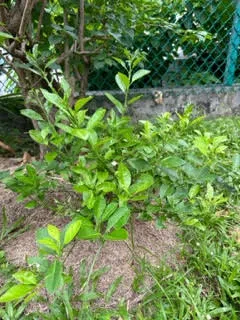
Lime plants need to be grown outdoors in the sun.
PHOTO: PHILIP LIM
I bought a Calamansi plant three years ago. It had many fruit at the time, but after I planted it in my garden, it did not fruit again. I tried pruning it and adding fertiliser, but these did not work. The plant has not flowered since. What is wrong?
Philip Lim
Lime plants flower in Singapore. Looking at your plant’s large, dark green leaves, the main reason for the absence of flowers may be a lack of light.
Check that your plant gets at least six hours of direct sunlight a day and is not being grown under the shade of a tree. Apply fertiliser regularly and it should flower.
Fork the surface of compacted soil
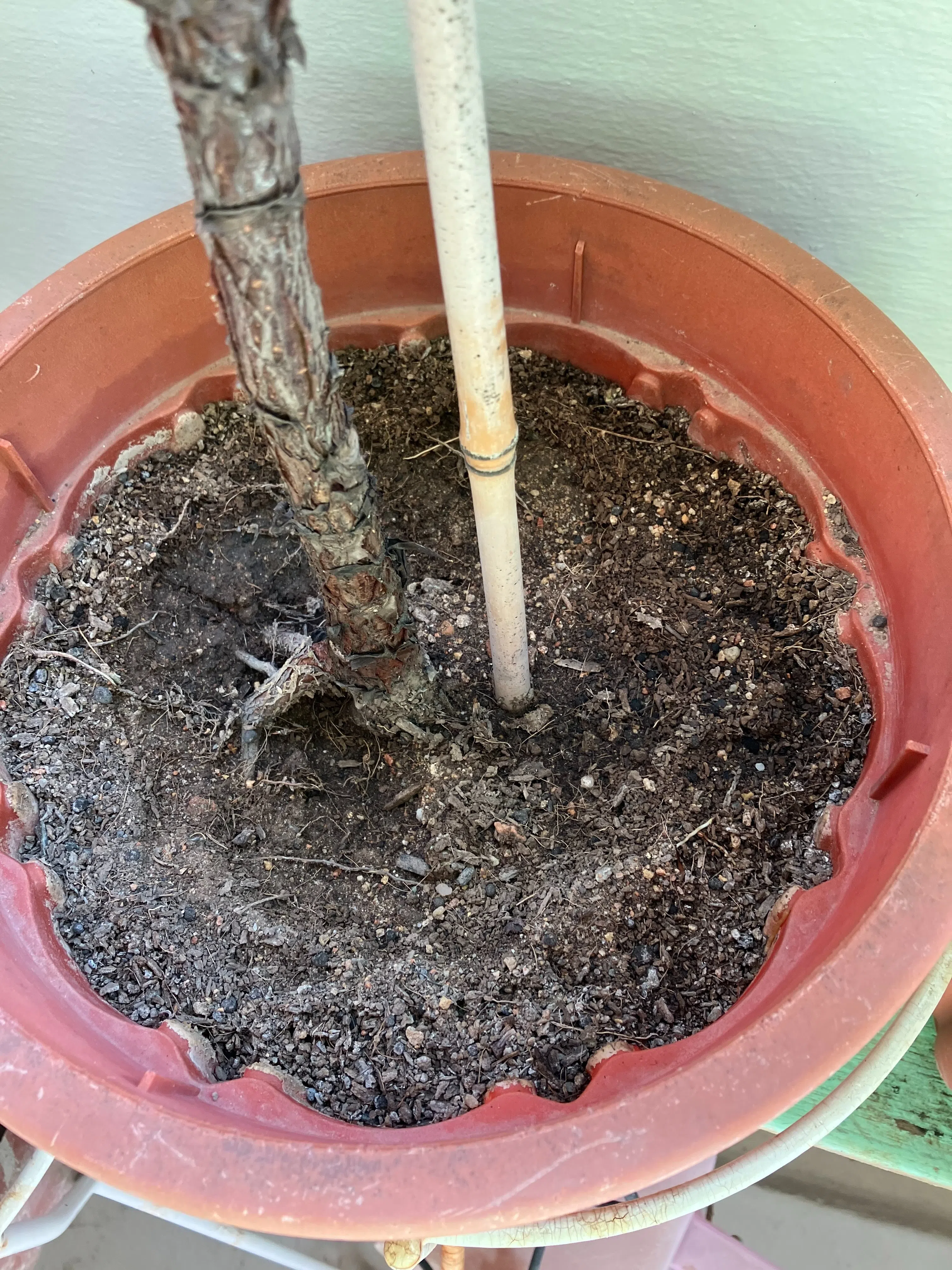
Salt residue and algae can appear on the surface of highly compacted soil.
PHOTO: NG AH SIANG
What is causing the ash-like coating on the soil of my potted plant and how do I get rid of it?
Ng Ah Siang
Salt residue and algae can appear on the surface of highly compacted soil. Clay-based soil in containers is especially susceptible to this.
Use a garden fork to lightly break up the hardpan – the dense layer beneath the uppermost topsoil – so water can filter through.
Apply a layer of organic material, such as compost, on the surface of the soil to reduce the likelihood of soil compaction, especially if this plant is placed in an open area and exposed to the elements.
Orchid flower may have faded due to damage
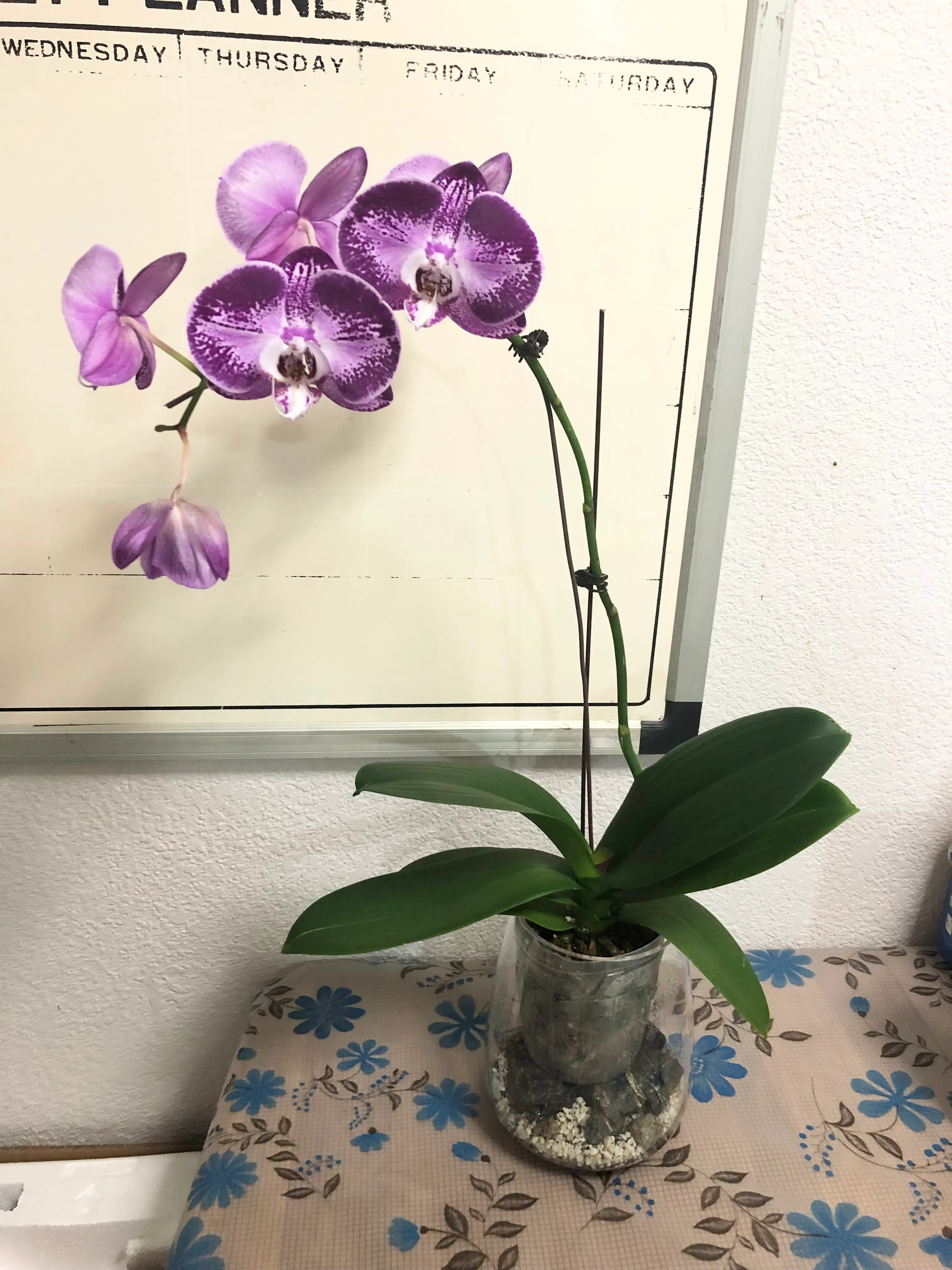
Flowers are fragile and bruise easily, and this one may have faded from the damage.
PHOTO: LOH KUM KEONG
The newest flower of my Phalaenopsis orchid is fading away and drying out, but the plant looks healthy and is even sprouting a young leaf. Why is the new flower fading?
Loh Kum Keong
The flower may have been damaged from mishandling or being knocked against a surface.
Flowers are fragile and bruise easily. Injured flowers emit ethylene gas, which can shorten the lifespan of other flowers.
This can also occur if there are ripening fruit or smoke fumes nearby.
Keep your plant in a well-ventilated area, away from any sources of this gas.
Ensure that your plant does not suffer from wet feet. Flowering specimens bought from local nurseries are often potted in sphagnum moss, which retains a lot of moisture. Water sparingly and only when the moss feels dry.
For long-term growth, it is best to move the plant to a pot of charcoal chips or mount it on a slab of fern bark.
Row of Leopard Trees imported, grown in Singapore
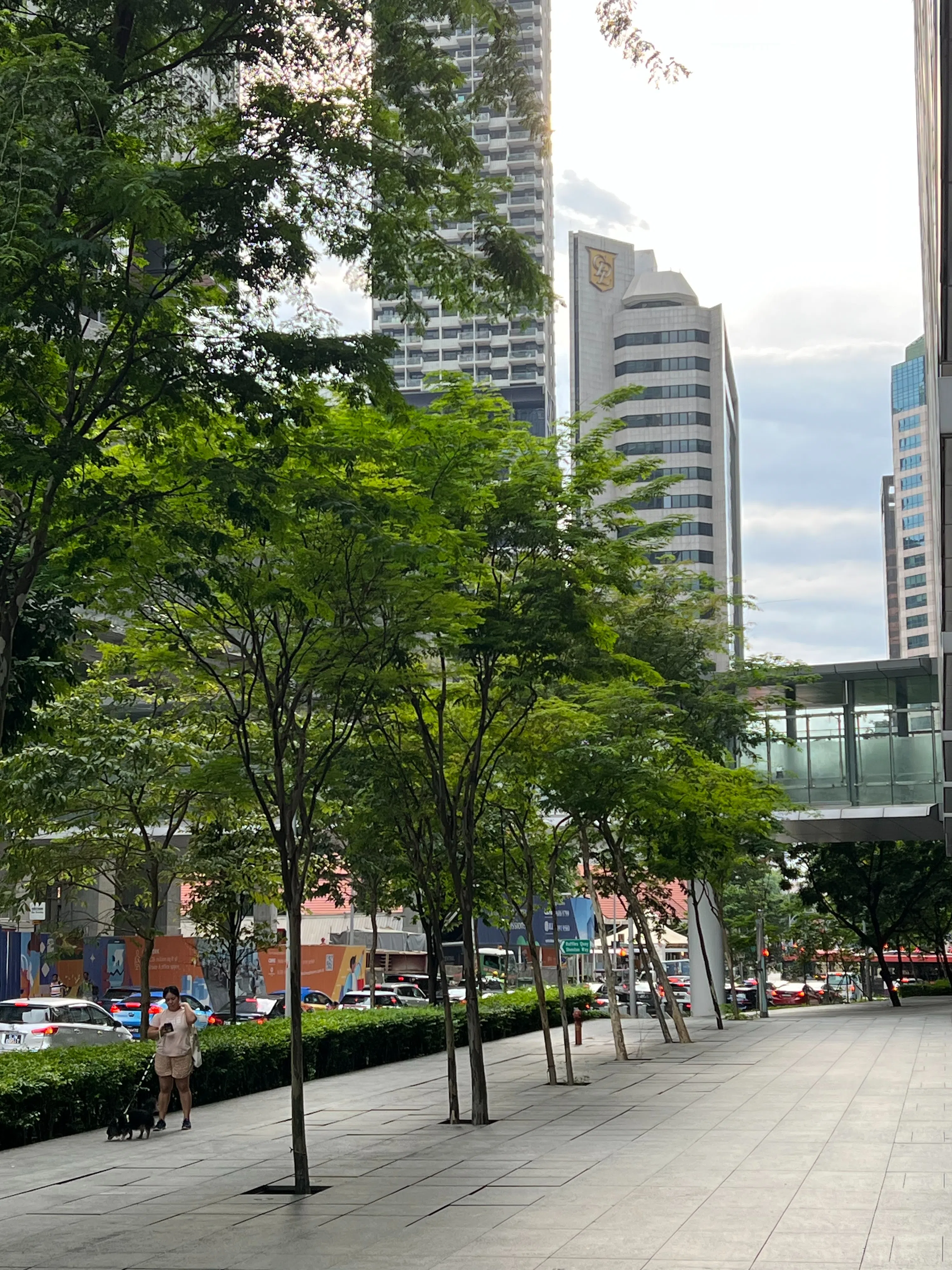
The tree is also known as Brazilian Ironwood.
PHOTO: LIM CHONG BOON
I see a row of these beautiful trees outside the Marina Bay Suites apartment complex. They do not seem to shed leaves. What is this tree called and is it commonly sold in Singapore nurseries?
Lim Chong Boon
The tree appears to be the Leopard Tree, also known as Brazilian Ironwood (botanical name: Libidibia ferrea). It is commonly planted in local landscapes and can become 15m to 20m tall, so it needs a large root space to grow.
Its trunk has multiple colours as it sheds bark in portions. This tree also needs to be grown in well-draining soil as it does not tolerate waterlogging.
Leopard Trees are not sold in many Singapore nurseries. You may want to find a nursery that will import one for you.
Answers by Dr Wilson Wong, an NParks-certified practising horticulturist and parks manager. He is the founder of Green Culture Singapore and an adjunct assistant professor (Food Science & Technology) at the National University of Singapore.
Have a gardening query? E-mail it with clear, high-resolution pictures of at least 1MB, if any, and your full name to . We reserve the right to edit and reject questions.

